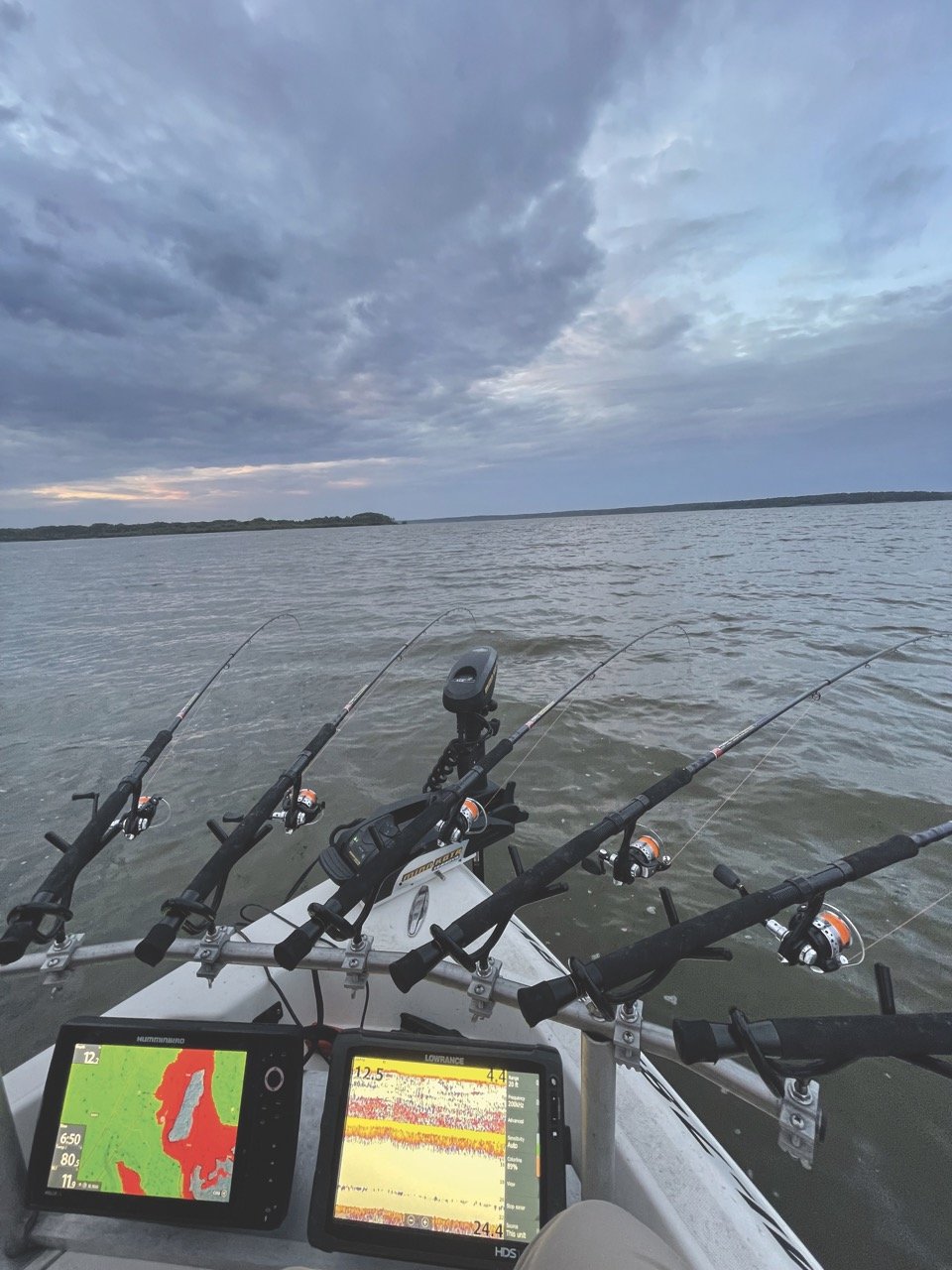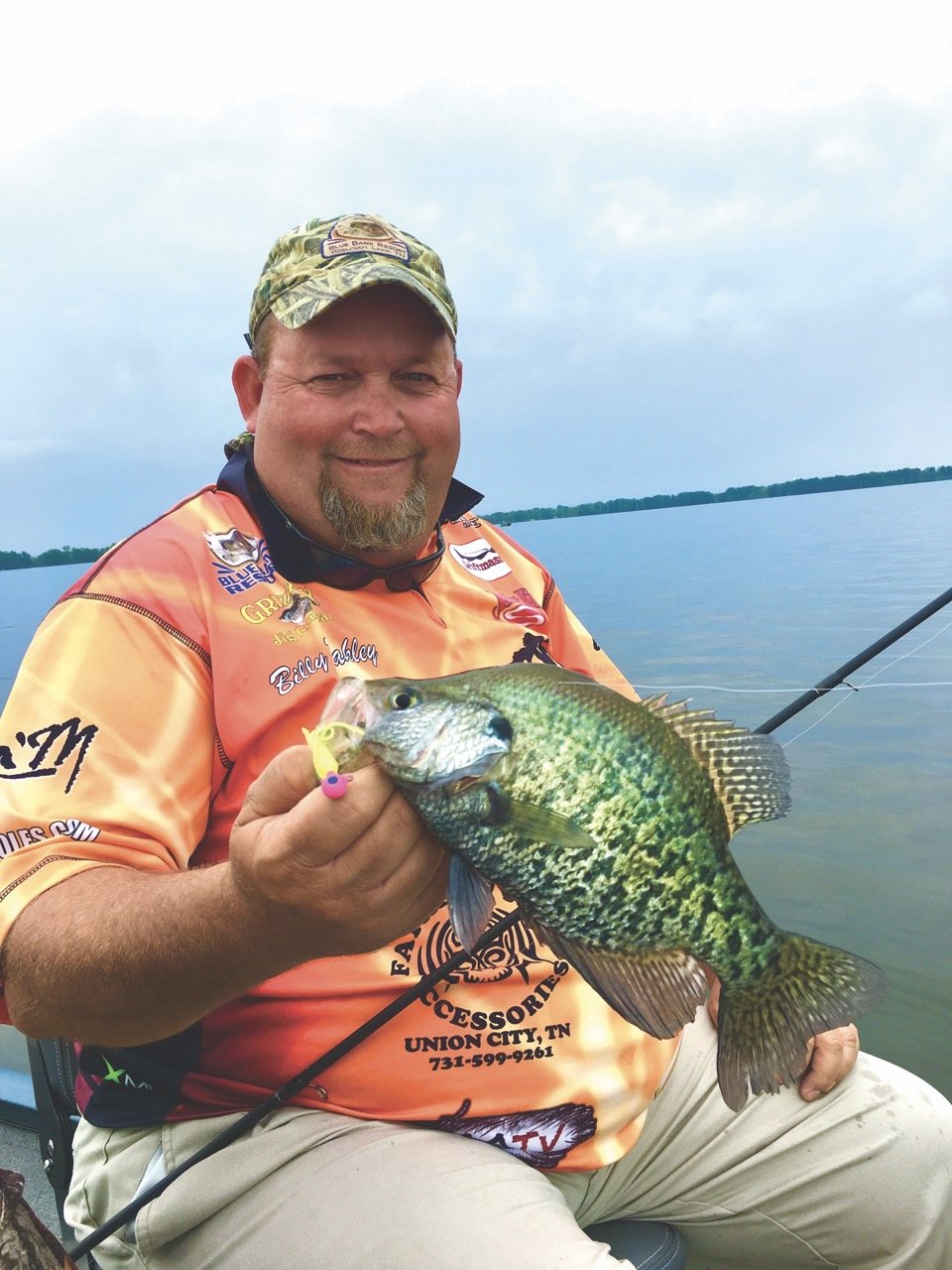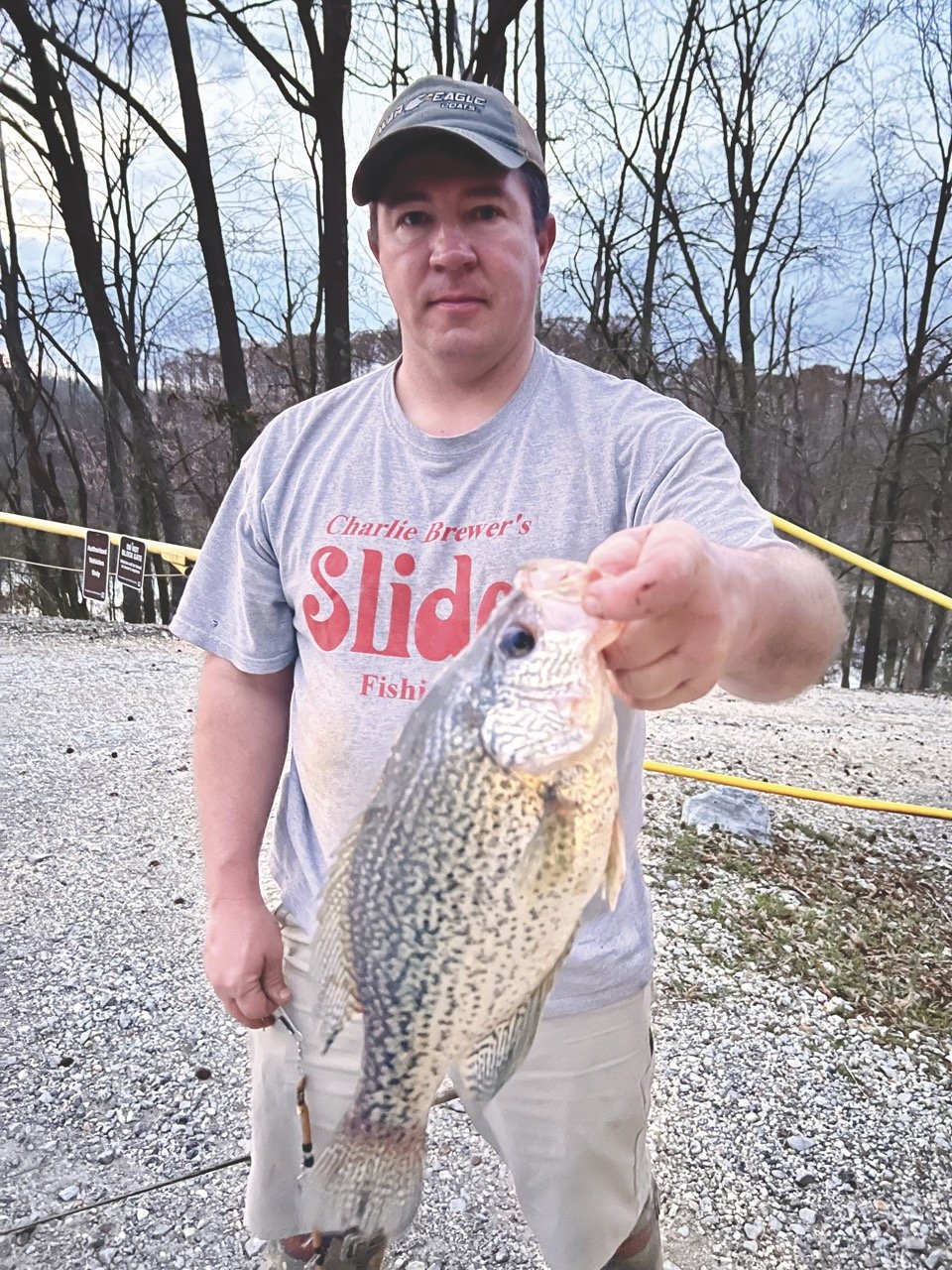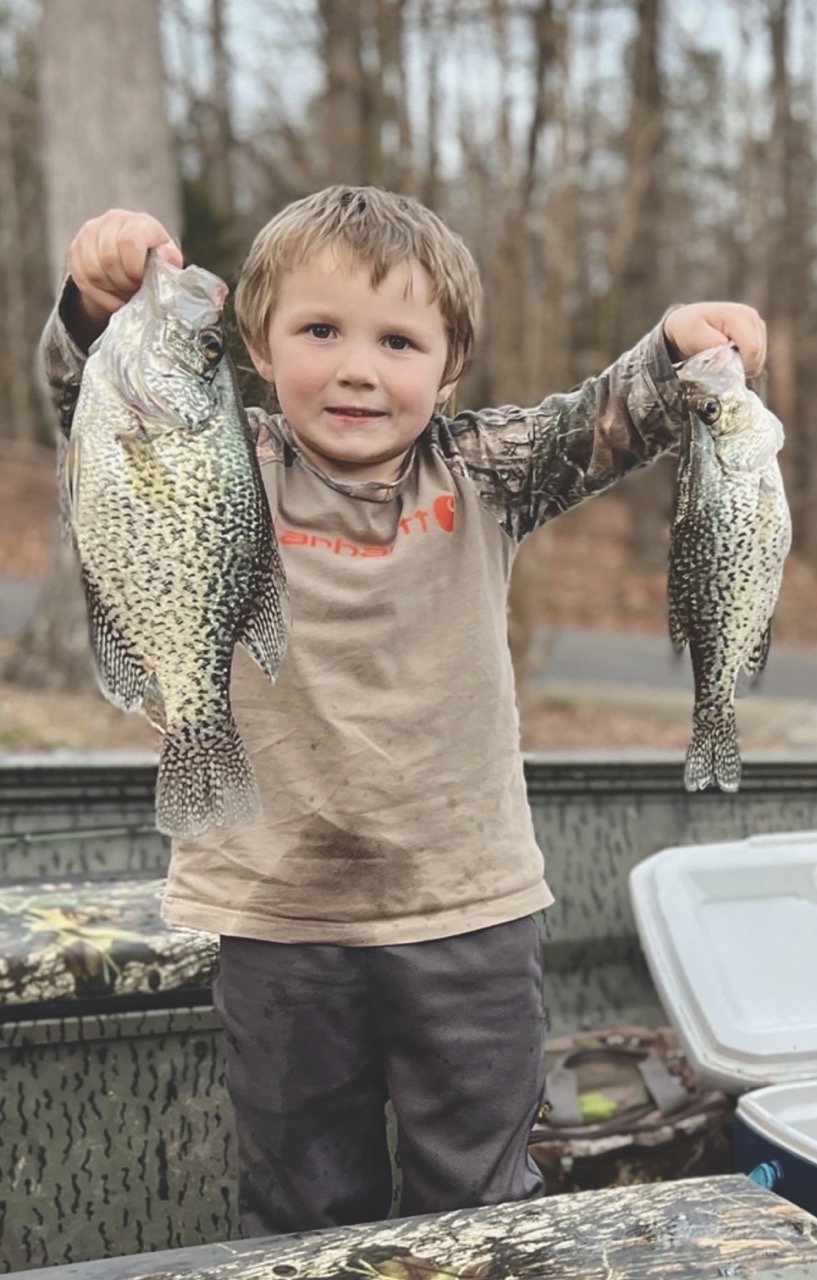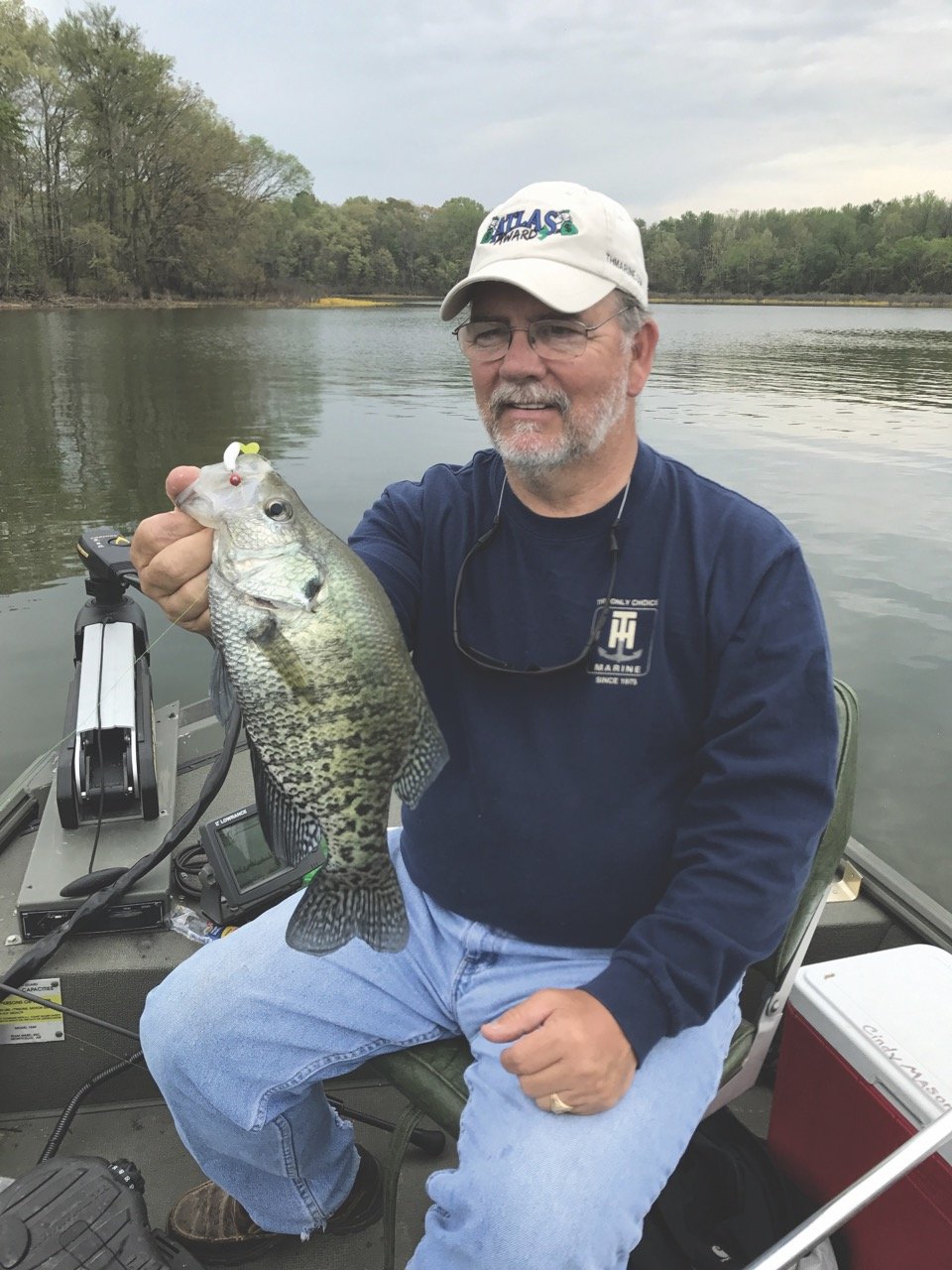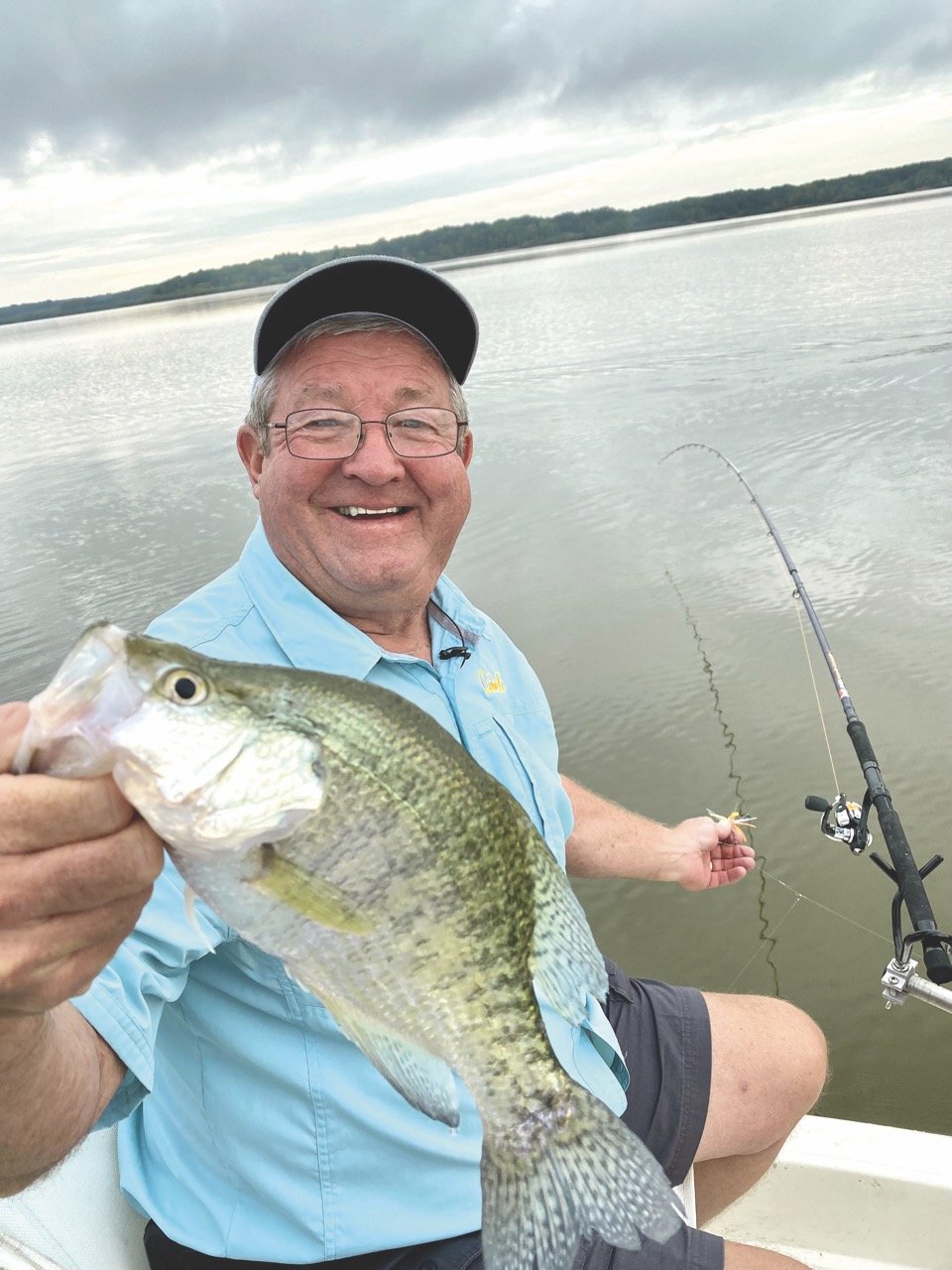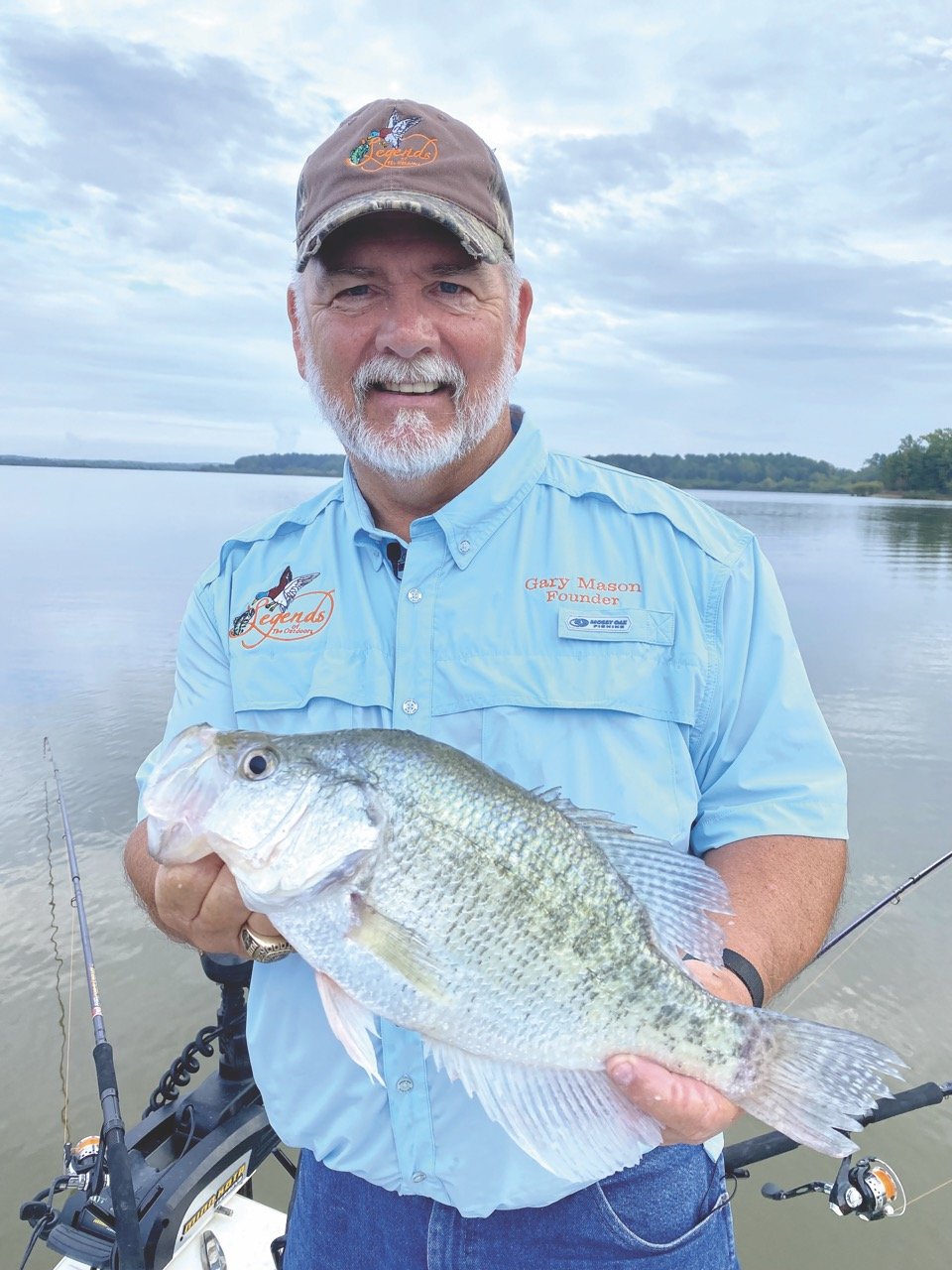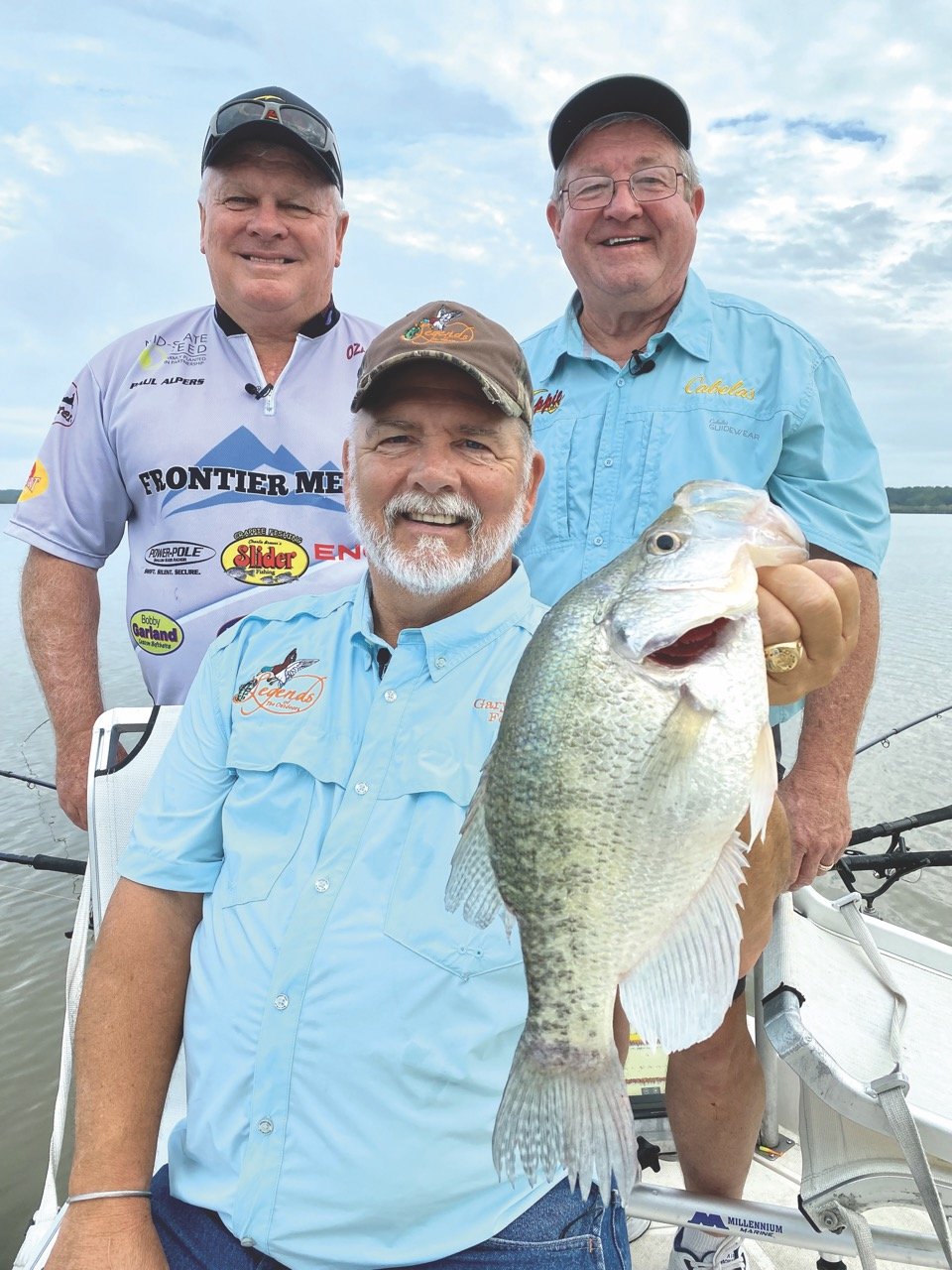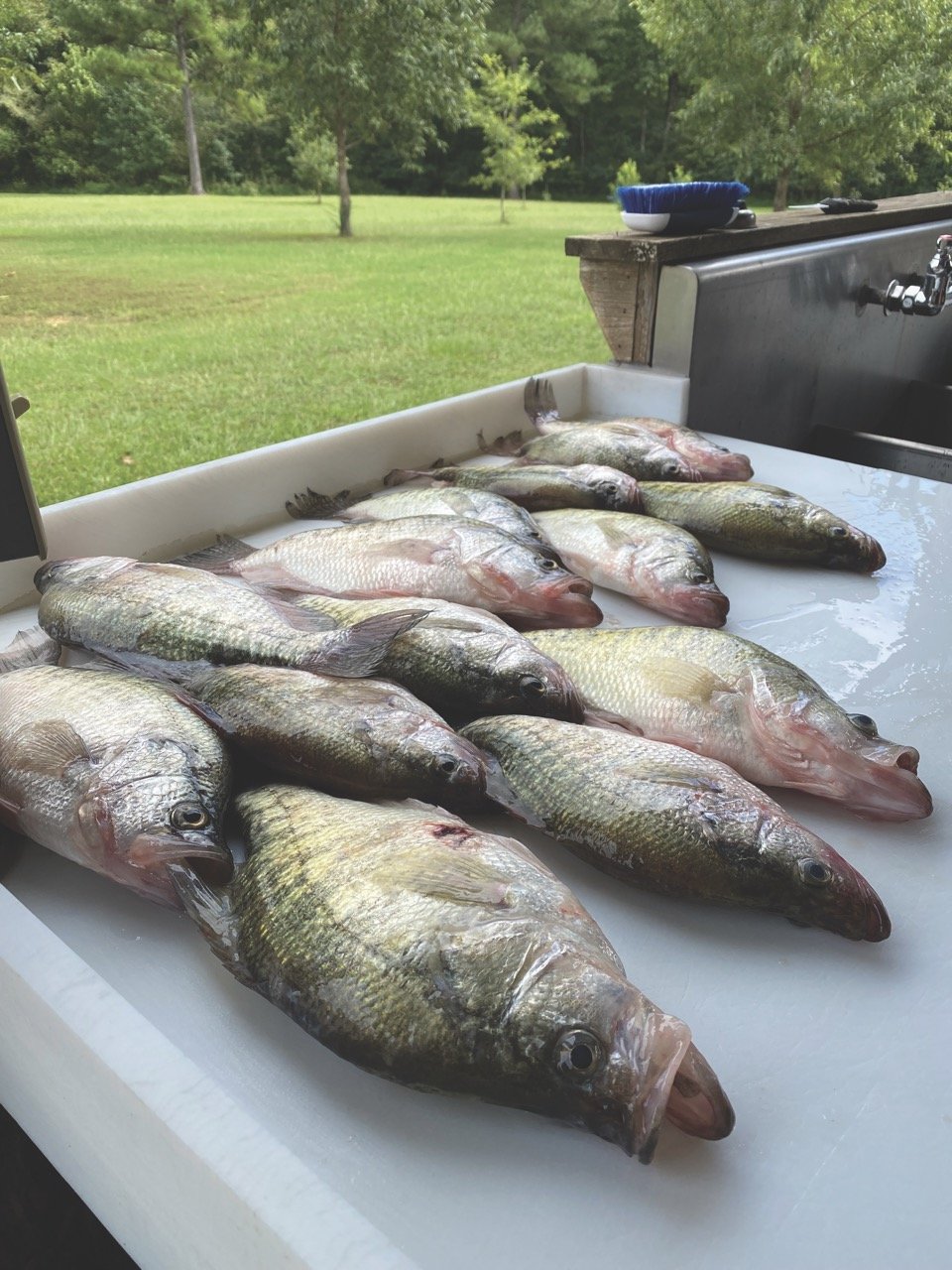Springtime Crappie: Tips and Techniques
By Garry Mason
Crappie fishing is not just a southern thing. No, not at all. Anywhere these tasty fish swim, there is someone trying to catch them. Let’s face it. These fish are good to eat. They fight hard and they are accessible to just about any type of angler.
From someone who fishes from a pontoon boat in Florida, or through the ice in Minnesota, crappie can be caught. There are as many ways to catch Crappie as there are states in this country to fish for them. For instance, growing up as a kid in rural Northwest TN, we did not have a boat. Each year in April, crappie make their spring migration run to their spawning grounds. That meant shallow water fishing with a cane pole and minnows. We would wade around bushes and catch crappie for a meal fit for a king. Crappie anglers still wade-fish and bank-fish even today during the spring.
Anglers with boats will often build crappie beds or structures, where legal, to attract crappie. The reason being is that crappie love to hide in or around some type of structure. Most of my years of guiding for crappie would find me out on the lake in February, putting out structures to help enhance my springtime crappie fishing.
There is really no wrong way to crappie fish once you find crappie in an area. The biggest trick is, in fact, finding them. But that’s a different story. Today we are talking about ways to fish for crappie.
My favorite way to fish for crappie is to cast for them. I use a “Charlie Brewer Slider Grub” with a one-sixteenth ball jig head with a double lite wire hook. With this setup, I can pull off of most structures, if I get hung up. I like to cast beyond the target area in which they are hiding, and around the structure, then count my bait down to where I can slowly reel right over the top of where the crappie are hiding. Crappie will come up after bait but if your lure is below them, they will very rarely go down to bite.
I also, for years have been using a chartreuse-colored line. I use six-pound P-Line. My rod is a BnM seven-foot Sam Heaton Super Sensitive rod, which allows me to make long but accurate casts.
If the waters that you are fishing are shallow, let’s say three-foot or less, try putting a bobber or float on your line. This allows you to fish at a certain depth with each cast. I have found that a spring float allows me to bounce the bait as I work it across the underwater structure, thus enticing the crappie to come up and bite the bait.
Other methods for springtime crappie fishing include: long polling, vertical fishing, power poling, spider rigging, and shooting docks.
Crappie love current, a secret that most anglers have missed, in my opinion. If you have a creek or stream that flows into your lake where crappie live, more than likely, after a spring rain, you can find crappie moving up in that current.
Water flowing over a spillway or a small dam or levee, will often turn crappie on for a few days. The trick is knowing when to target these types of areas. About two to three days after a rain or an increase of current, I like to check these areas around my home, that I know crappie like to move into and forage for food. Normally these fish will hold up in that current for a few days until the flow slows down and or the food source leaves the area.
Knowing where to fish for crappie is important but knowing when to go, ranks very high on my list as well.
No matter what type of crappie fishing you enjoy, a trip to catch crappie is both fun and challenging. But the tasty reward waiting on the anglers, who find and catch these fish, is well worth the effort.
God Bless and Good Crappie Fishing!
Your old guide,
Garry Mason.

